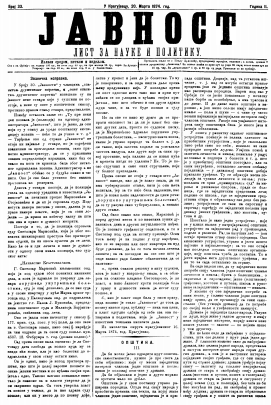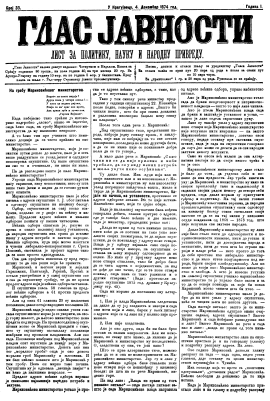
The End of Translation as a Culturally Significant Activity: The Polish Poetry Collections of W. S. Merwin and Jorie Graham
The paper examines contemporary Polish translations of Anglo-American poetry from the perspective of the polysystem theory. Translation was always an important part of Polish literature. From the Renaissance until the end of the twentieth century, translation provided Polish writers with a repertoire of genres and forms, and was – in Even-Zohar’s parlance – the most active part of the Polish literary polysystem. The poetic revolution of 1989 followed the polysystem logic: translations of the New York School poets and Joseph Brodsky to a large extent helped the Polish poets of the bruLion generation find their own poetic voice. However, at the turn of the twentieth century the role of translation decreased in Polish verse culture. This is clearly visible in recent publications, such as W. S. Merwin’s collection of poems “Imię powietrza” [“The Name of the Air”] (2013) or Jorie Graham’s “Prześwity” [“Clearings”] (2013). In times more favourable for translation, those books should have had a significant impact on Polish poets and readers, and yet they did not have any. This is due to the changing role of literature and translation in our culture, which is influenced by the non-systematic and non-hierarchical virtual reality of the Internet. Translators-ambassadors and translators-legislators are replaced by Facebook translators, who deprive literary productions and translations of aesthetic values.
More...


















